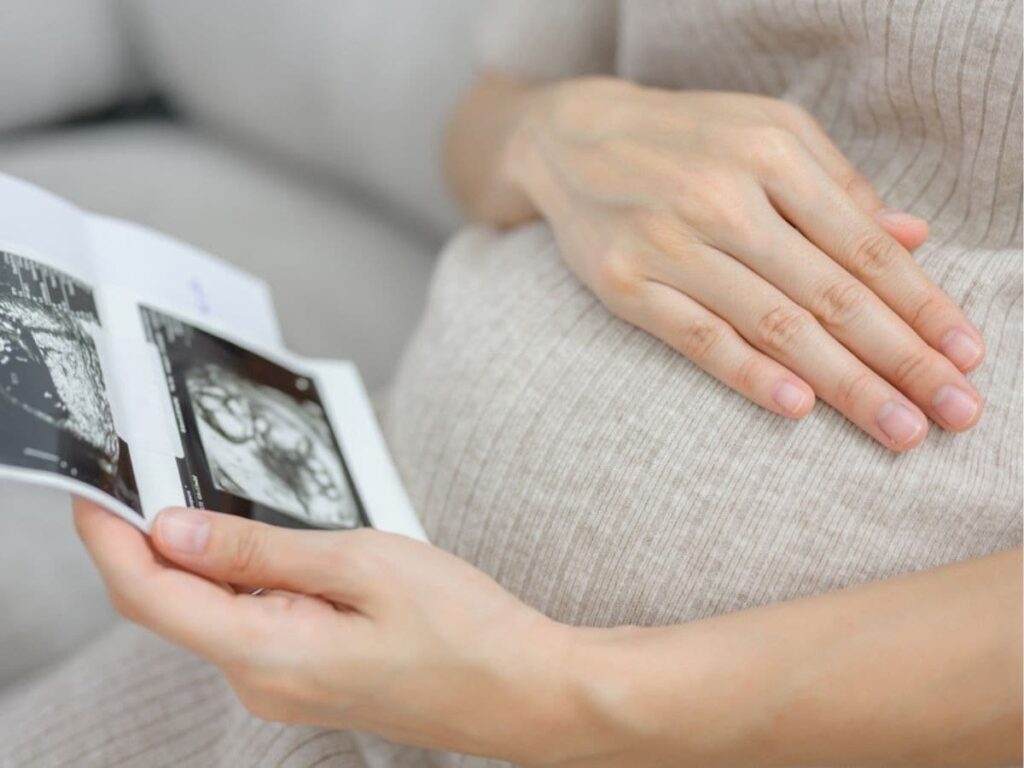During pregnancy, the placenta plays a critical role as a temporary organ that develops within the uterus. It forms a vital link between the mother and the fetus, providing essential nutrients and oxygen through the umbilical cord. However, some women may experience a low-lying placenta, a condition that can lead to potential complications. Understanding the implications and necessary precautions for this condition is essential for a healthy pregnancy.
Understanding Placenta Positioning
The position of the placenta in the uterus can significantly impact the course of a pregnancy. A low-lying placenta, known medically as placenta previa, occurs when the placenta is located near or over the cervix. This condition can cause symptoms such as bleeding and may necessitate additional medical monitoring.
Types of Placenta Positioning
| Type | Description |
|---|---|
| Normal Position | Placenta is located away from the cervix, allowing for a natural delivery. |
| Low-Lying Placenta | Placenta is located close to the cervix but does not cover it. |
| Placenta Previa | Placenta partially or completely covers the cervix, potentially leading to complications. |
Potential Complications of a Low-Lying Placenta
While many women with a low-lying placenta may experience normal pregnancies, there are several potential risks associated with this condition:
- Bleeding: As the pregnancy progresses, the placenta may become more likely to bleed, especially in the third trimester.
- Delivery Complications: A low-lying placenta may require a cesarean delivery if it covers the cervix significantly.
- Preterm Birth: In some cases, the risk of preterm labor may increase.
Precautions to Take
If you have been diagnosed with a low-lying placenta, here are some precautions you should consider:
- Regular Monitoring: Schedule regular ultrasound examinations to track the position of the placenta.
- Avoid Heavy Lifting: Try to limit physical activity that involves heavy lifting or straining.
- Adequate Hydration: Stay well-hydrated and maintain a balanced diet rich in vitamins and minerals.
- Report Symptoms: Be vigilant about any symptoms such as bleeding or cramping, and inform your healthcare provider immediately.
When to Seek Medical Attention
There are certain scenarios that warrant immediate medical attention:
- If you experience vaginal bleeding, especially if heavy or accompanied by pain.
- If you have severe abdominal pain or cramping.
- If you notice a sudden decrease in fetal movements after the 28th week.
Conclusion
While a low-lying placenta can pose challenges during pregnancy, early detection and appropriate management can significantly mitigate risks. It is crucial for expectant mothers to stay informed and in close contact with their healthcare providers for the best possible outcomes. By understanding the condition and taking necessary precautions, women can help ensure a healthier pregnancy journey.
